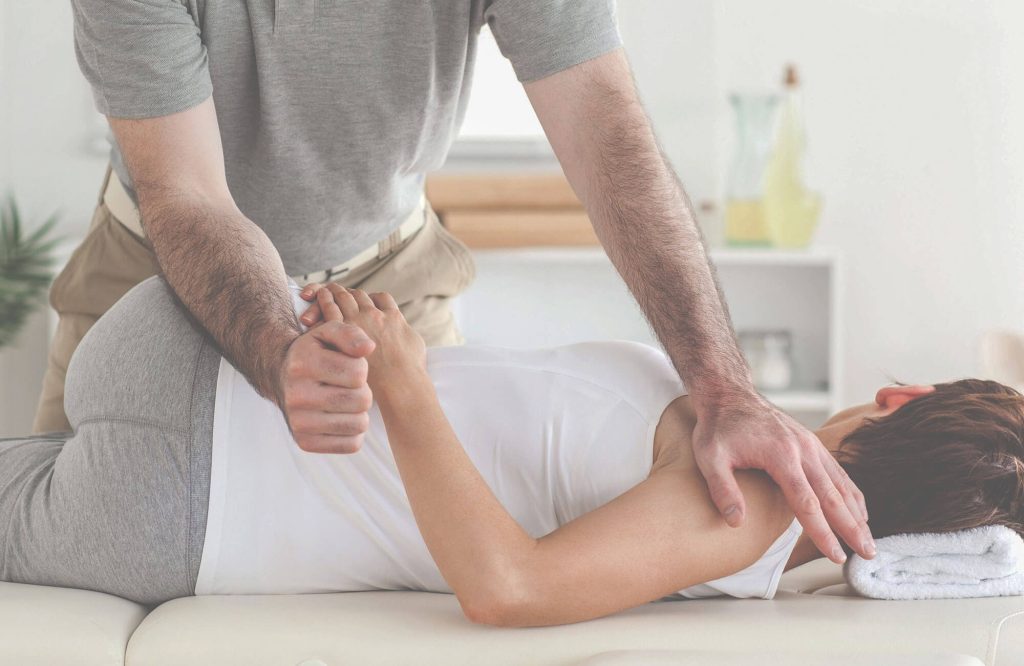The knee joint is one of the largest and most complex joints in the human body. It is also one of the most important.
Connecting the thigh bone to the shinbone, it plays an important role in supporting the body’s weight and enabling movement.
Due to the complexity of the knee joint, it is susceptible to a number of different injuries. Some of the most common knee joint injuries include tears in the ligaments, tendons, and cartilage. The kneecap itself can also be fractured or dislocated.
Having had many knee injuries during my very amateur netball career, and now that winter sport is back in full swing, what better time to discuss some of the most common knee injuries, how they are caused and the treatment that is required to address them.
1. Fractures:
Any of the bones in or around the knee can be fractures. However, the most commonly broken bone in the joint is the kneecap (patella).
The most common causes of a patella fracture are high impact traumas, for example, a fall or car accident. People with underlying osteoporosis may fracture their knees just by stepping the wrong way or tripping suddenly.
2. Anterior Cruciate Ligament injuries:
Like all ligament injuries, an ACL injury can range from a grade 1 to 3 in severity.
The ACL runs diagonally down the front of the knee, providing critical stability to the knee joint. Injuries to the ACL can be serious and may require surgery.
Athletes who play contact sports such as football or soccer, or high impact landing sports such as netball and basketball often suffer these injuries.
Improperly landing from a jump or quickly changing direction can lead to an ACL tear.

3. Dislocation:
Dislocating the knee happens when the bones that make up the joint are out of their proper placement and alignment.
In a knee dislocation, one or more of the bones may slip out of place. Structural abnormalities or traumas, including car accidents, falls and contact sports can cause a knee dislocation.
4. Meniscal Tears:
When people refer to torn cartilage in the knee, they are usually talking about a meniscal tear.
The menisci are two rubbery wedges of cartilage between the thighbone and shinbone. These pieces of cartilage can tear suddenly during sporting activities. They may also tear slowly due to aging. When this happen due to aging, it is known as degenerative meniscus tears.
With sudden meniscus tears, a pop may be heard of felt in the knee, after the initial injury, pain, swelling and tightness may increase over the next few days.
5. Bursitis:
Bursae are small fluid-filled sacs that cushion the knee joints and allow the tendons and ligaments glide easily over the top of each other.
These sacs can swell and become inflamed with overuse or repeated pressure from kneeling. This is then known as bursitis.
Most cases of bursitis are not serious can be treated conservatively with physiotherapy and the correct self-care.

6. Tendinopathies:
Tendinopathies can severely affect physically active people.
A common injury that most people hear of is patella tendinitis. This is an inflammatory injury to the tendon that connects the kneecap to the shinbone.
The patella tendon works with the front of the thigh to extend the knee so a person can run, jump, and perform other physical activities.
Often referred to as ‘Jumper’s Knee’, tendonitis is common among young athletes who frequently jump. However, with any type of physical activity, a person can be at risk of developing tendonitis.
READ MORE about ‘Jumper’s Knee’

7. Tendon Tears:
Tendons are soft tissues that connect the muscles to the bones. In the knee, a common tendon to be injured is the patella tendon.
It is not uncommon for an athlete or person involved in physical activities to tear or overstretch the tendons. Direct impact from a fall or hit may also cause a tear in the tendon.
8. Collateral Ligament Injuries:
Collateral ligaments connect the thighbone to the shinbone. Injury to these ligaments is common amongst athletes, particularly contact and high impact landing sports.
Collateral ligament tears often occur due to a direct impact or collision with another person or object to either the inside or outside of the knee joint.
READ MORE about Tendons V Ligaments
9. Iliotibial Band Syndrome:
Also known as ‘Runner’s Knee’, Iliotibial band syndrome is common amongst long-distance runners. It is caused when the iliotibial band, which is located on the outside of the knee rubs against the outside of the knee joint.
Typically, the pain starts off as a minor irritation. This can gradually get worse and build to the point where the runner must rest for a period in order to let the band heal.
READ MORE about ‘Runner’s Knee’

10. Posterior Cruciate Ligament Injuries:
The posterior cruciate ligament is located at the back of the knee. It is one of the many ligaments that connect the thighbone to the shinbone. This ligament keeps the shin bone from moving too far backward.
An injury to the PCL requires powerful force while the knee is in aa bent position. This level of force typically happens when someone falls hard onto a bent knee or is in an accident that impacts the knee while it is bent.




